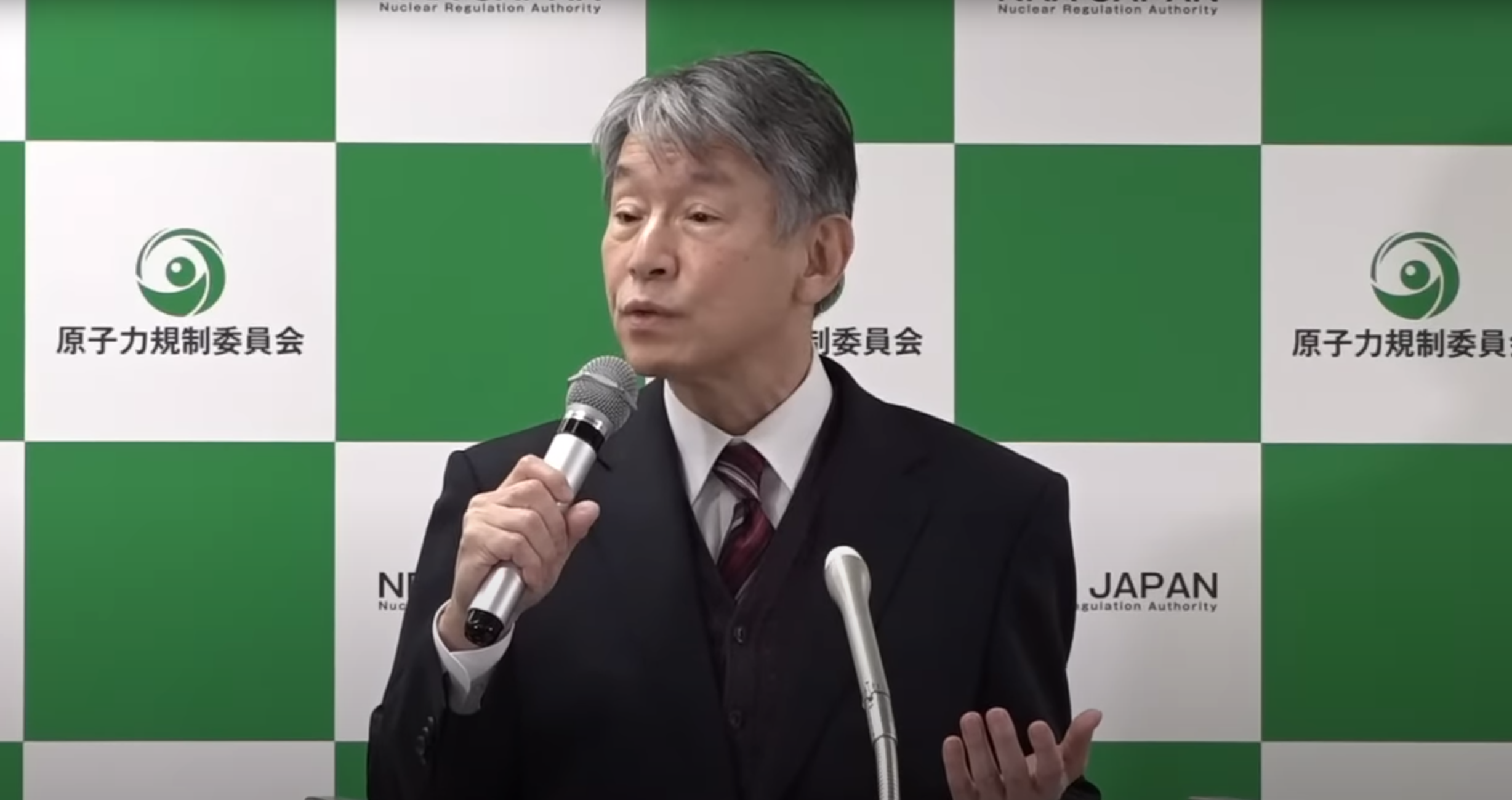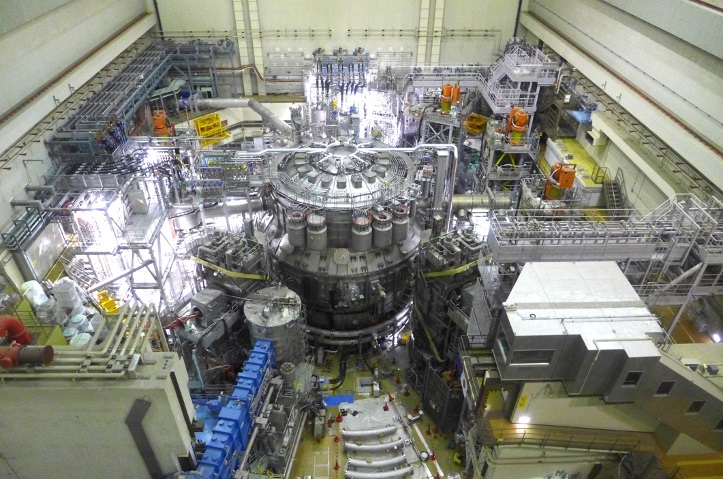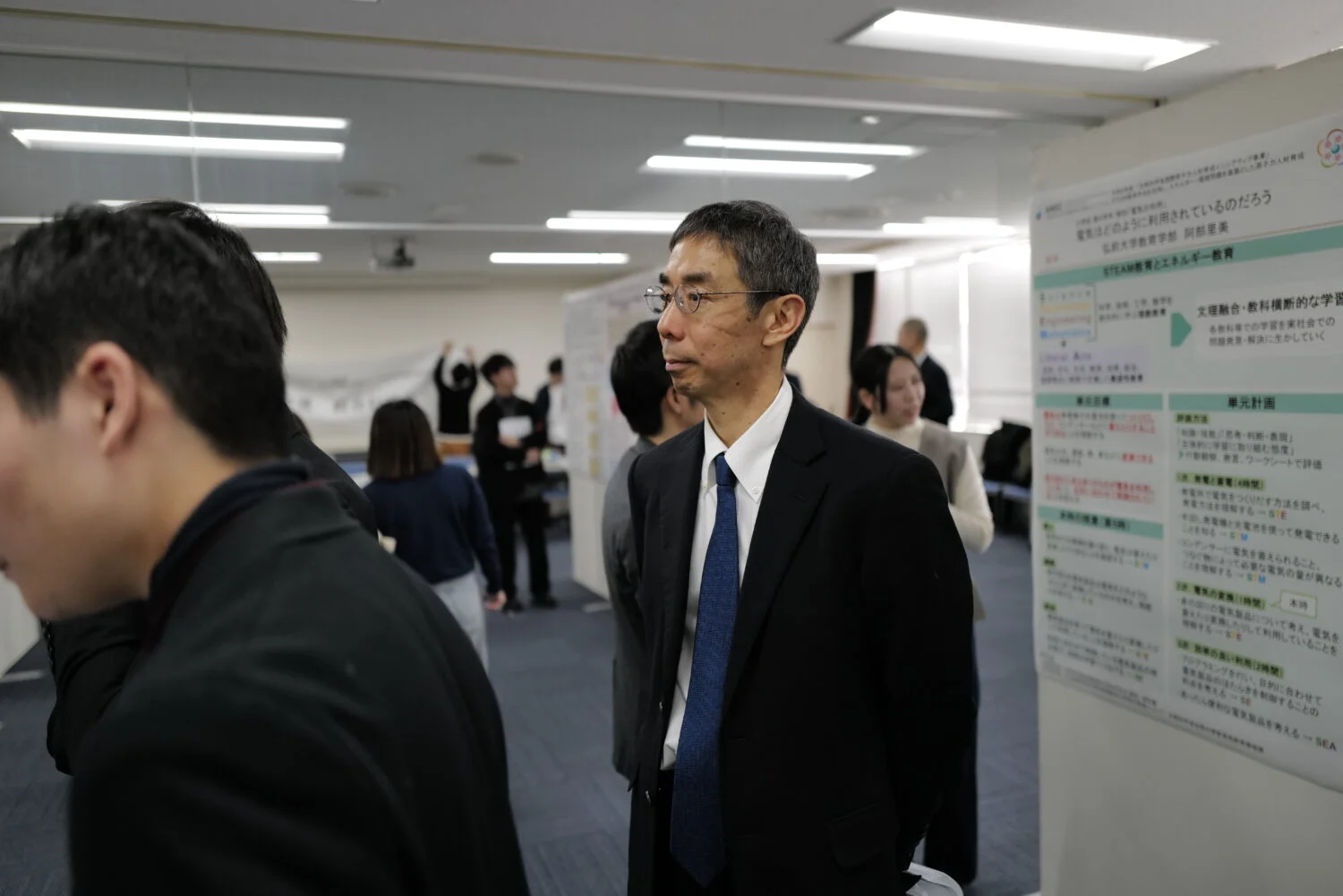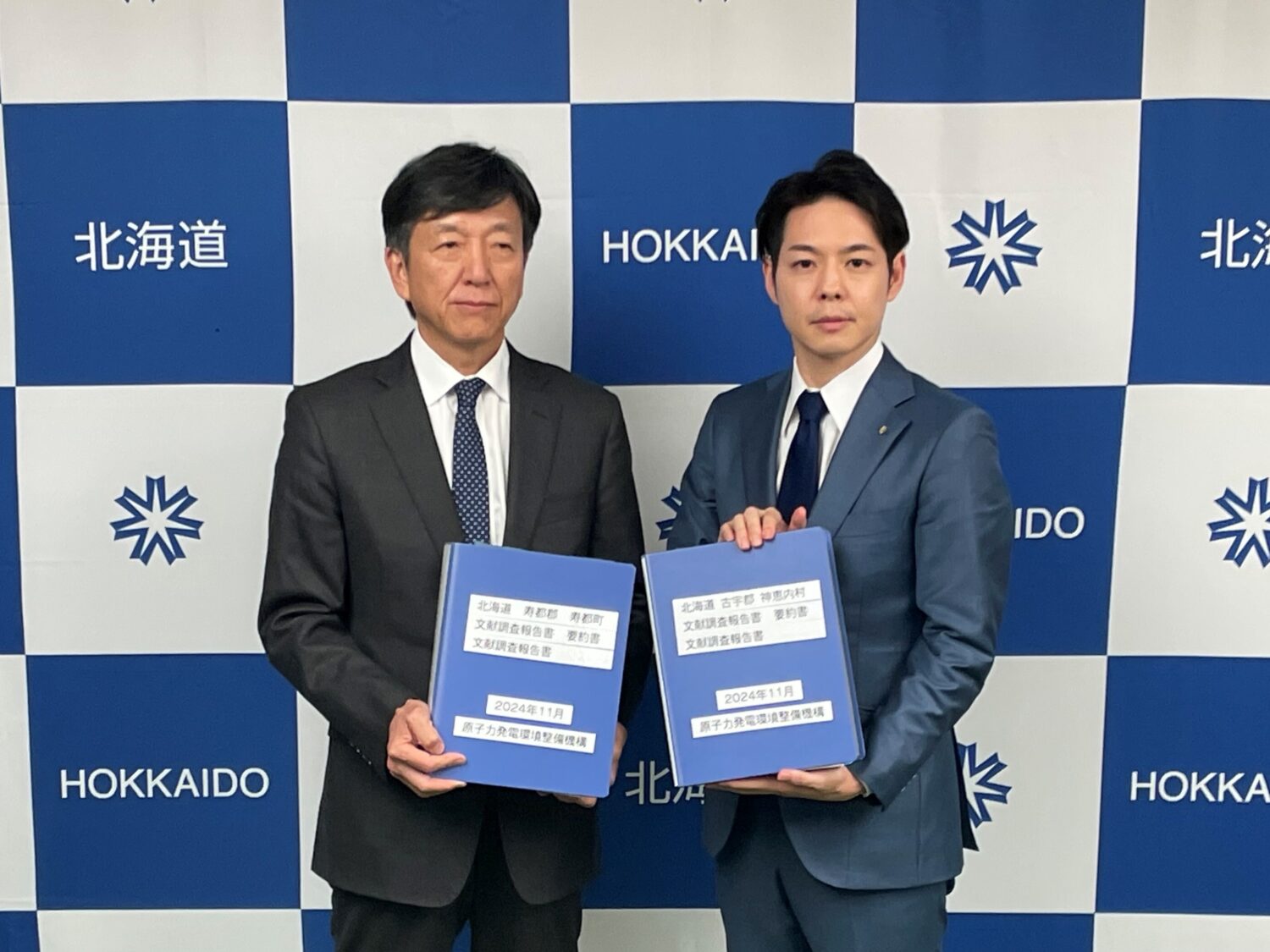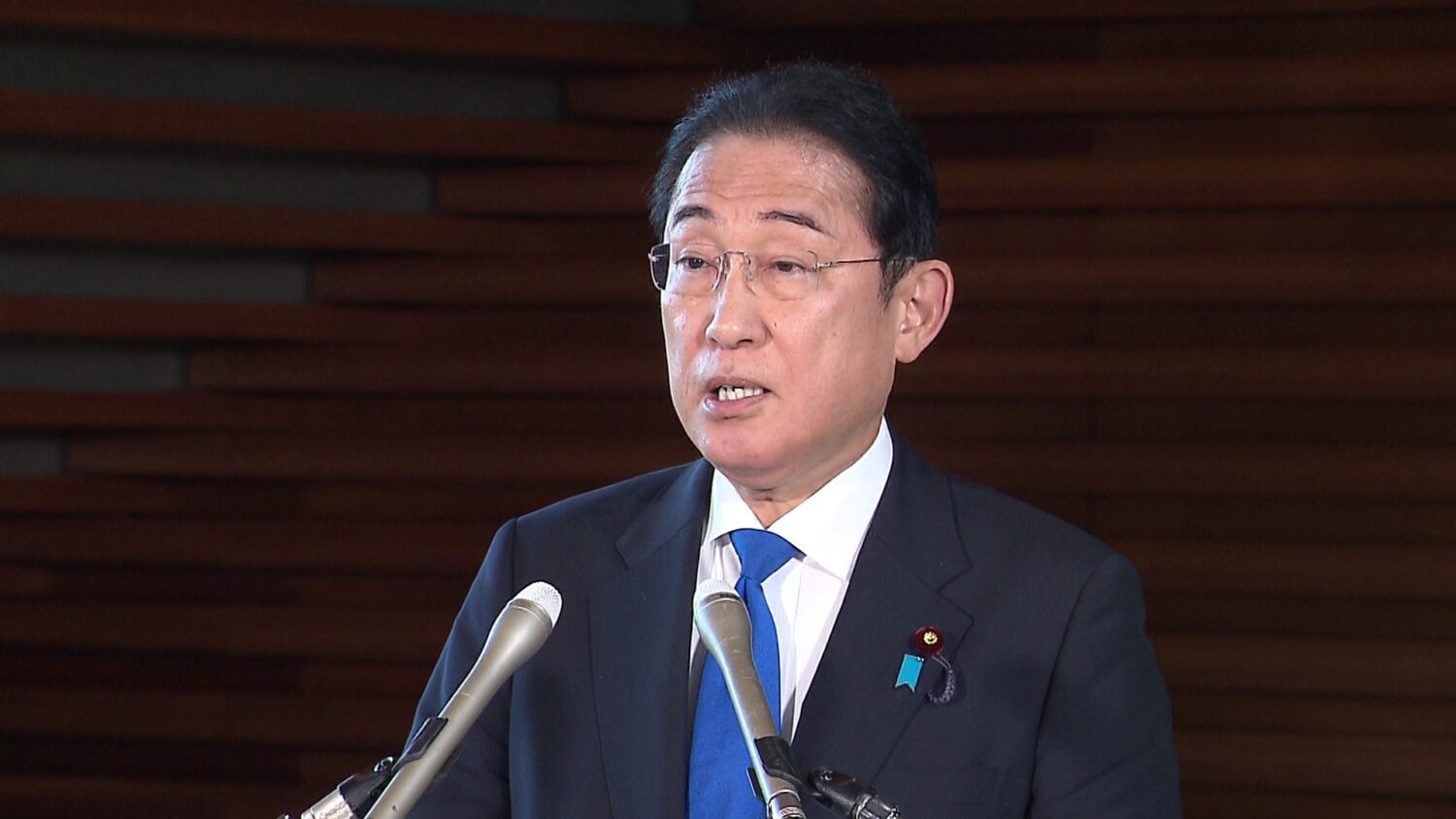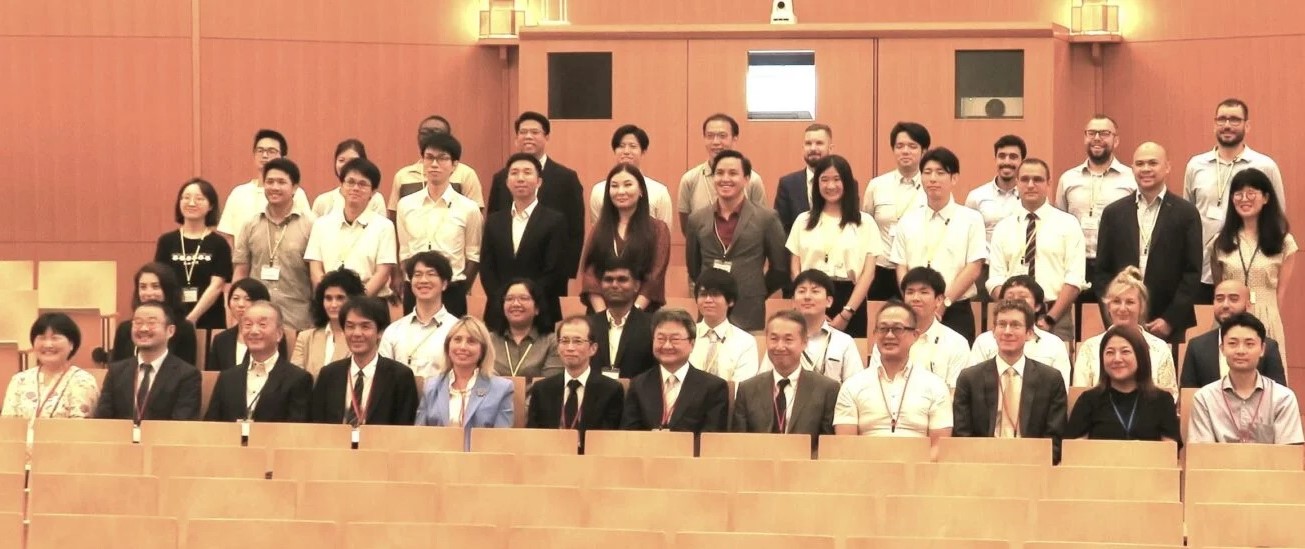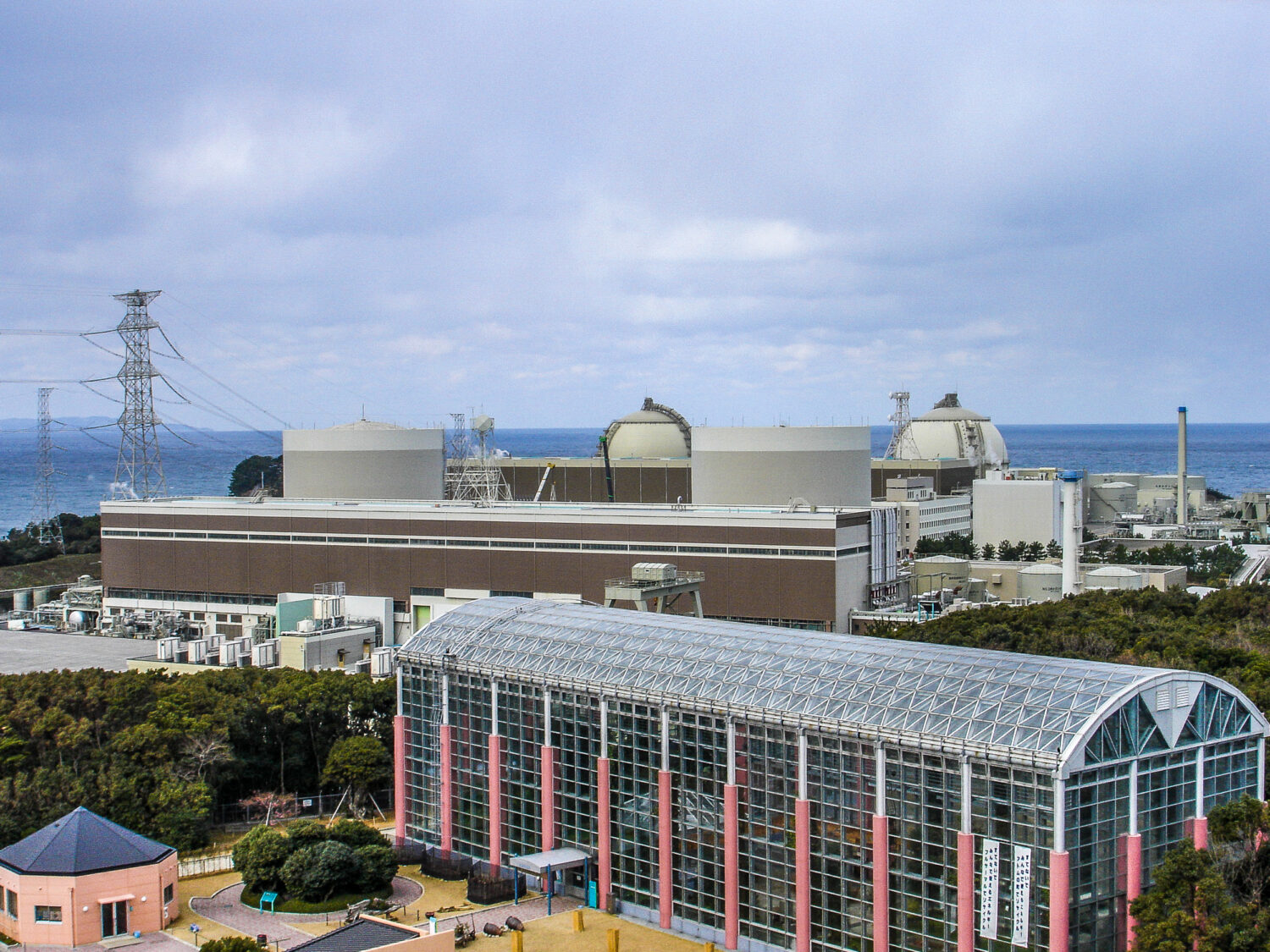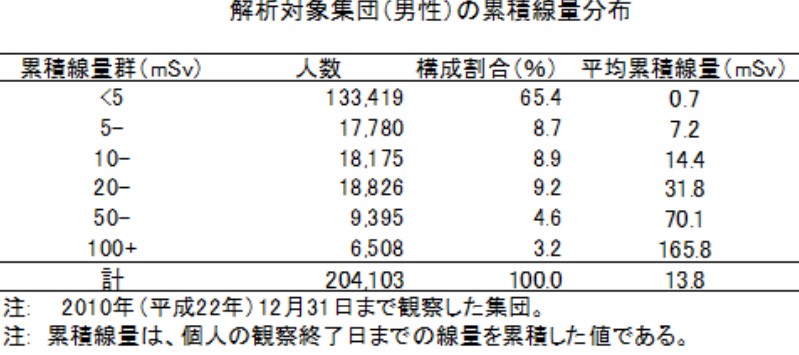The fuel debris—sampled in November 2024 via an experimental removal method—was taken to the Oarai Nuclear Engineering Institute of the Japan Atomic Energy Agency (JAEA), where detailed analysis began in collaboration with the Nippon Nuclear Fuel Development Co. (NFD).
The debris sample examined this time—measuring approximately 9mm x 7mm—appeared generally uneven and reddish-brown, with black glossy areas also recognized. The analysis to date has shown that the shapes and discrete values are non-uniform and the voids dispersed, with such fuel components as uranium also included.
The results released by JAEA consisted of surface analyses on element distribution using the SEM-WDX technique (scanning electron microscope / dispersive X-ray spectroscopy). Five spots were selected on the sample surface, ascertaining the element distribution.
Uranium and iron were observed in all the selected fields, suggesting that the uranium had been widely distributed on the sample’s surface. Also detected were zirconium, chromium, and nickel, likely originating from the fuel cladding and structural materials, with silicon, calcium, and magnesium additionally identified, possibly derived from seawater exposure.
Over the next six to 12 months, further destructive analyses will be conducted to assess the internal composition, crystal structure, and other characteristics of the fuel debris. The findings will be compiled into a comprehensive report.
As of January 22, JAEA had crushed a portion of the fuel debris sample and transported it to the large synchrotron radiation facility known as “SPring-8” for microcrystalline structure analysis. Chemical analyses will also be conducted at JAEA’s Nuclear Science Research Institute in Tokai Village.
Information regarding fuel debris analyses is available to the public at a special JAEA website.
The Tokyo Electric Power Co. (TEPCO) plans to start additional fuel debris sampling this spring.


